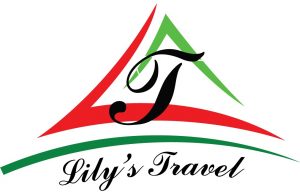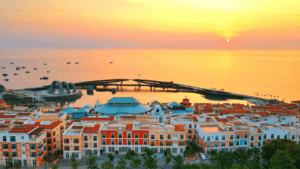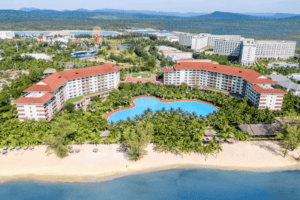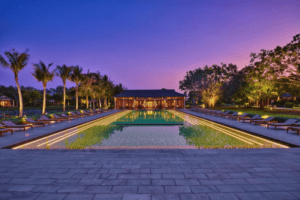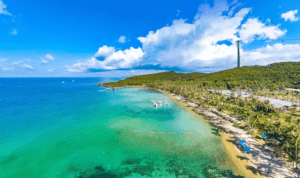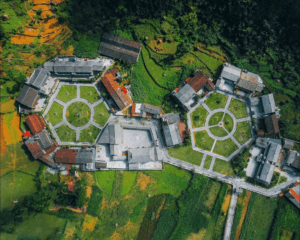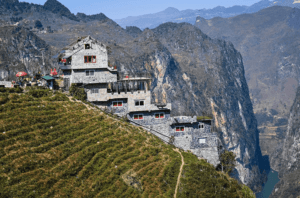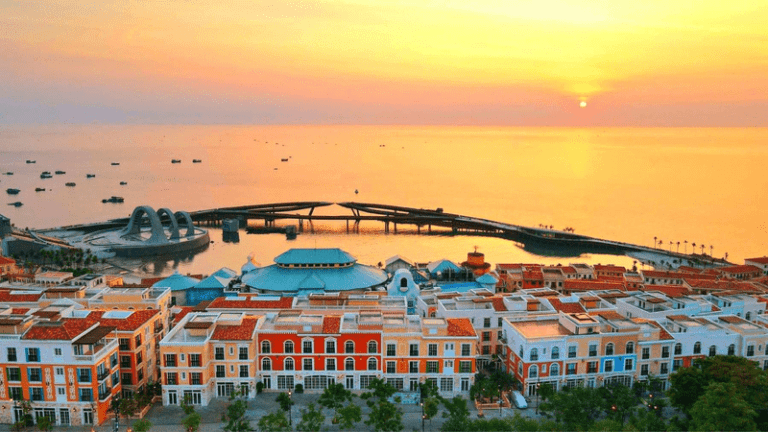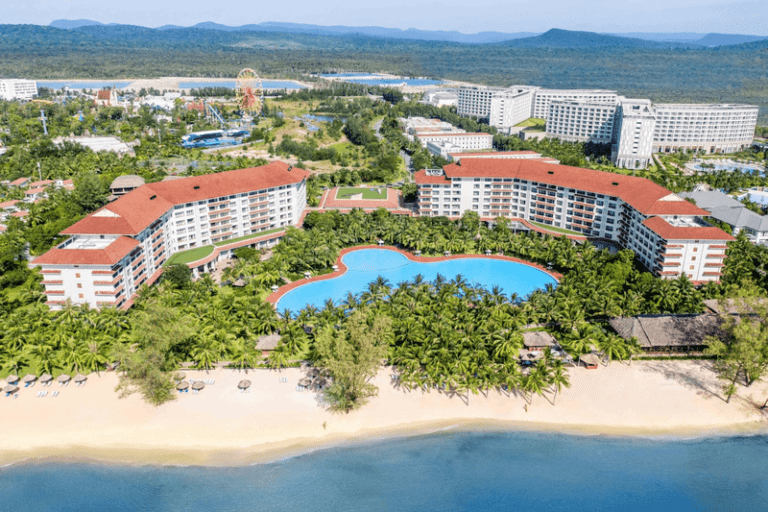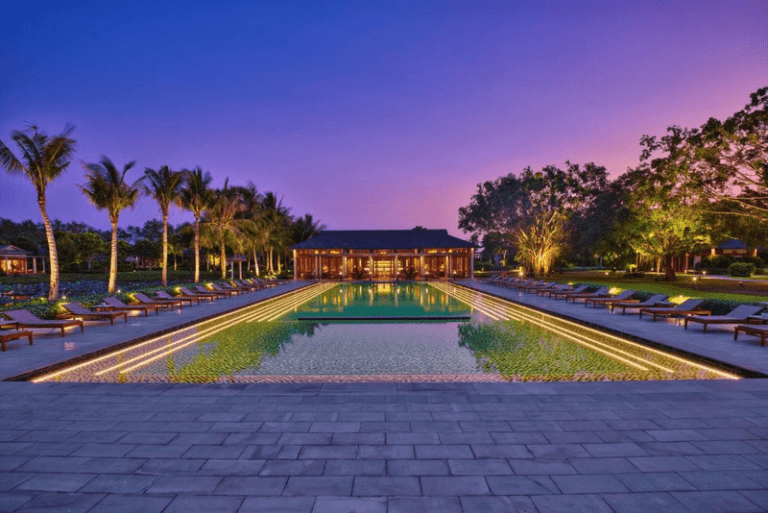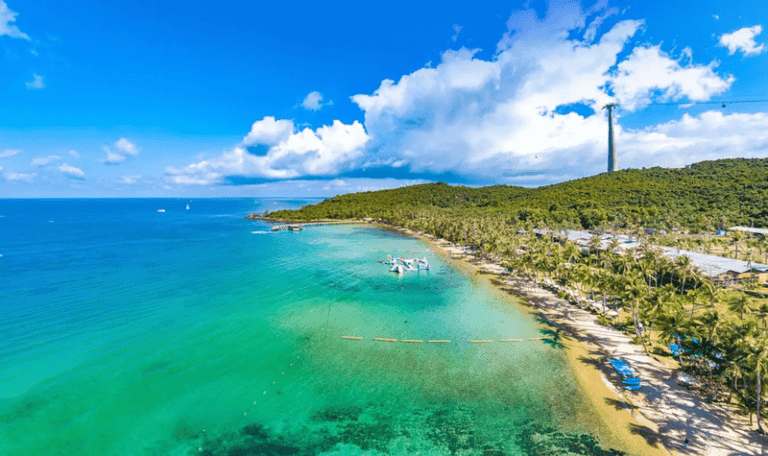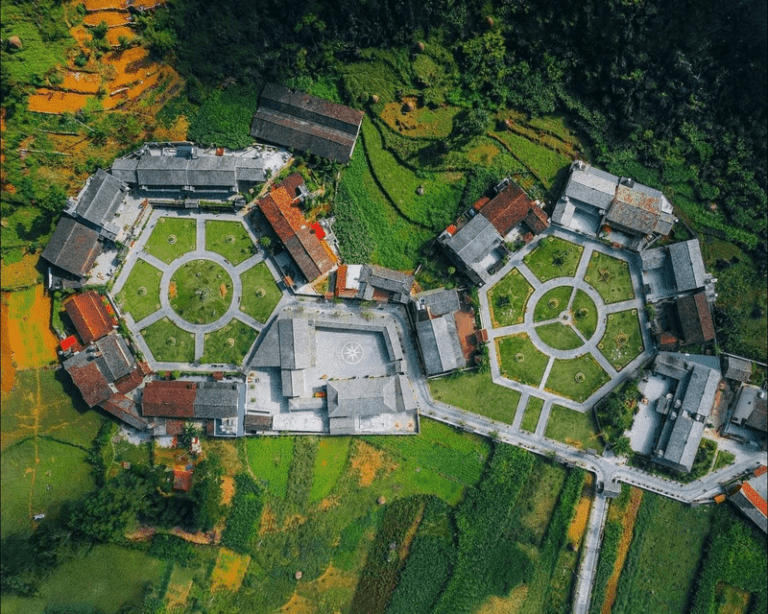On June 25, 1976, the Independence Palace was recognized as a National Cultural and Historical Relic. The palace is a magnificent construction of art, associated with the history of the complete reunification of Vietnam’s territory in 1975.

General information
Independence Palace is one of the most unique and famous architectural works in Ho Chi Minh City, which has existed for more than 150 years. The work was built by Mr. La Grandière, the French Governor in South Vietnam, started construction in 1868 and completed in 1871.
At first, the palace was called Norodom Palace; In 1954, it was changed to Independence Palace. In addition, under the Republic of Vietnam, this building was called the Presidential Palace or the Dragon Palace, because it was the residence and working place of the President of the Republic of Vietnam at that time.
With the special values of the Independence Palace, the palace was recognized as a national historical and cultural relic in 1976. In 2009, the Independence Palace was ranked as Vietnam’s first ten special national relics.
The history of Independence Palace
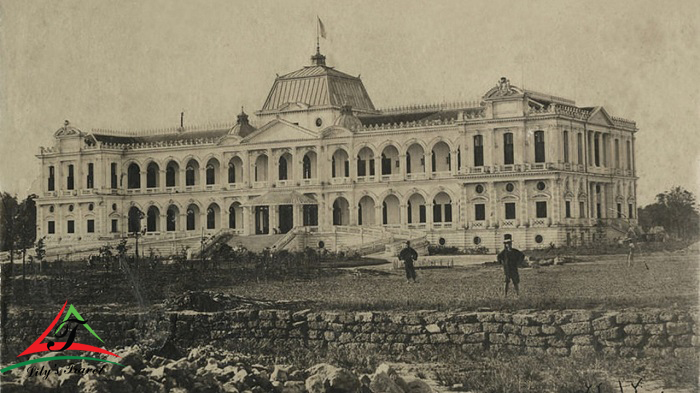
In 1867, after the French captured Cochinchina, Luc Tinh, immediately designed and built a new mansion at Norodom Avenue (now Nam Ky Khoi Nghia Street) for the Governor of Cochinchina La Grandière in Saigon, replacing the old one was built of wood at the end of Catinat Street (now Dong Khoi Street) in 1863.
In February 1868, Governor La Grandière laid the first stone, starting construction of the Governor’s Palace of Cochinchina according to the sketched project of architect Achille Antoine Hermite. The palace was completed in 1871 with the name Norodom Palace, after the King of Cambodia who reigned during that time.
In March 1945, Japanese couped France and monopolized Indochina and Norodom Palace became the workplace of the Japanese government in Vietnam.
In September of the same year, Japan was defeated in World War II, and Norodom Palace returned to the French government.
In May 1954, France signed the Geneva Agreement and withdrew from Vietnam, and the country was divided into two separate territories. Norodom Palace was handed over by the representative of the French government to the representative of the Saigon government, Prime Minister Ngo Dinh Diem.
In October 1955, Prime Minister Ngo Dinh Diem deposed Head of State Bao Dai, established the government of the Republic of Vietnam and became President, and officially renamed it the Independence Palace.
In October 1955, Prime Minister Ngo Dinh Diem deposed Head of State Bao Dai, established the government of the Republic of Vietnam and became President, and officially renamed the Palace the Independence Palace.
In February 1962, after the coup event of the army of the Republic of Vietnam, the Independence Palace was bombed, and collapsed the entire main left-wing, which was unable to be restored.
In July of the same year, President Ngo Dinh Diem decided to destroy everything and rebuild a new mansion right on the old ground according to the design project of architect Ngo Viet Thu. But the construction was unfinished when President Ngo Dinh Diem was assassinated in 1963.
In October 1966, the new Independence Palace was inaugurated, and the person who presided over and took over this building was Chairman of the National Leadership Committee Nguyen Van Thieu.
From October 1967 to April 1975, the Independence Palace became the residence and working place of the Second President of the Republic of Vietnam Nguyen Van Thieu.
After the historical event in April 1975, the country was completely unified, the Independence Palace became a historical and cultural relic, a tourist destination not to be missed when coming to Ho Chi Minh City.
The unique architecture of Independence Palace
Overall exterior
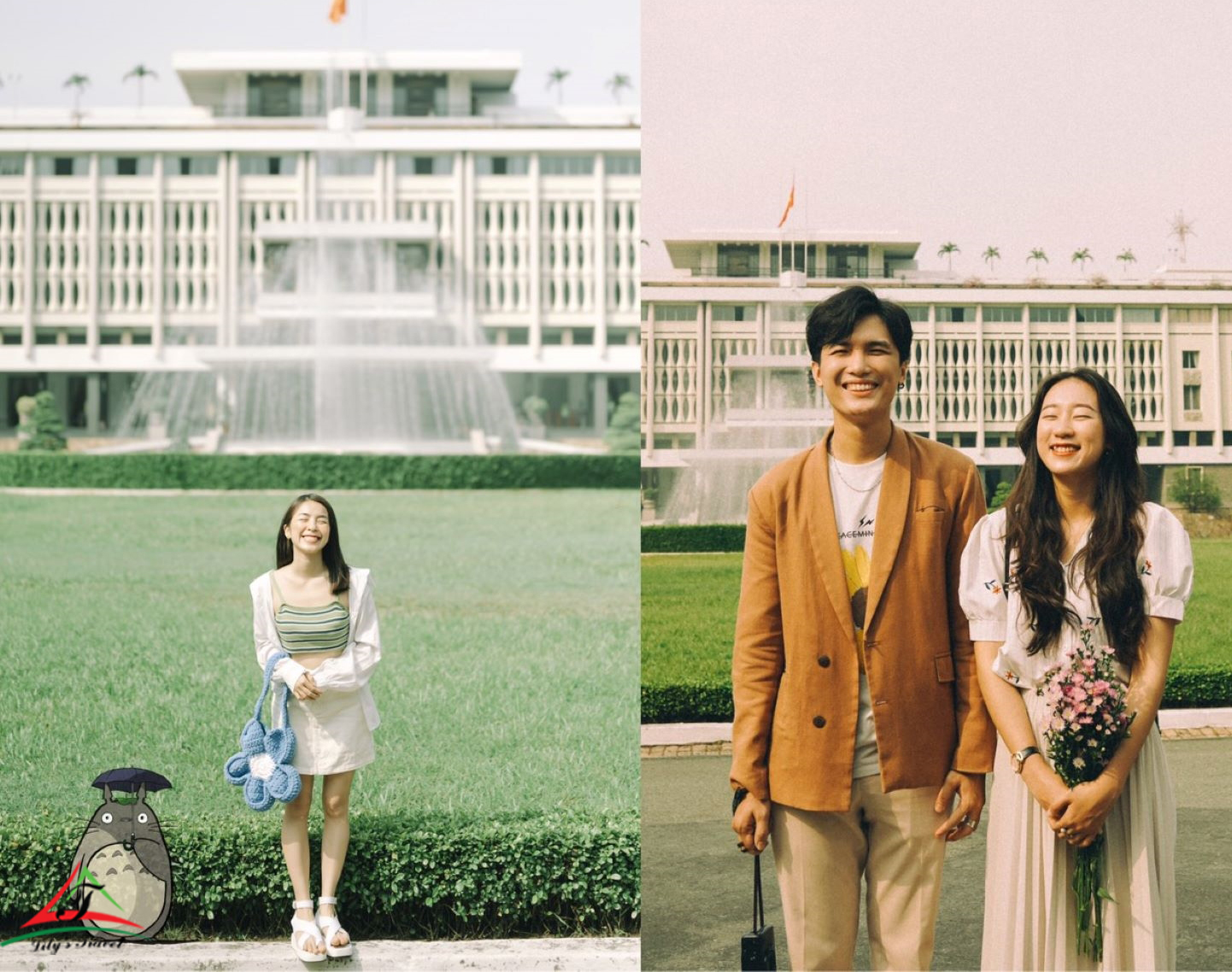
Independence Palace was built on an area of 4,500m2 and has a usable area of up to 20,000m2. The palace has three main floors, two mezzanines, a terrace, two basements, a ground floor and a terrace that is also a helipad.
With the ingenious and ingenious design of Architect Ngo Viet Thu, the Independence Palace is a harmonious combination of modern and Asian architecture, especially traditional Vietnamese architecture.
The layout of the Independence Palace from the overall ground to the building floor is arranged according to Eastern philosophy profoundly, expressed through the extraction of Chinese characters who want to give good things to the Vietnamese people.
The whole plane is shaped as “Cat” which means auspicious. At the center, there is the word “Khau” with the meaning of education promotion and freedom. The flagpole in the center of the word Khau looks like a straight stroke forming the Chinese character, a reminder of loyalty
Three dashes surrounding the porches are created in the shape of the word “Tam” – the symbol of meaning “Nhan – Minh – Vo Duc” which means humanity, consciousness and virtue. The front of the mansion, the entire second and third-floor balconies, combined with the main entrance porch and two wooden columns, form the shape of the word Hung, to pray for prosperity.
Read more: Duc Ba Cathedral: One of the four basilicas in Vietnam
The interior
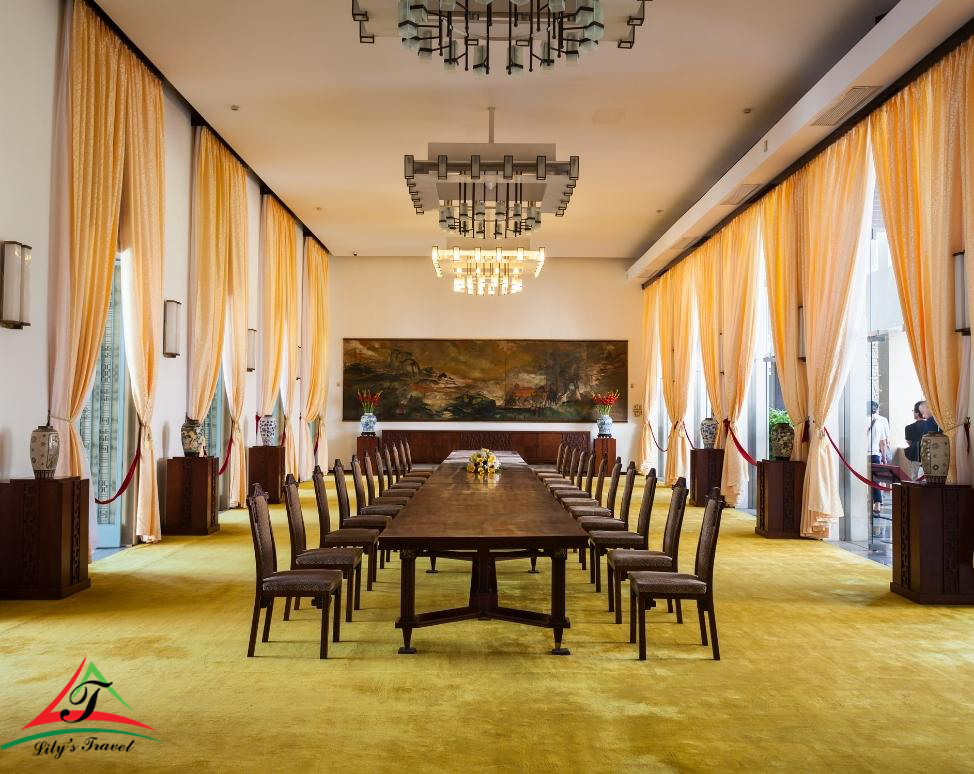
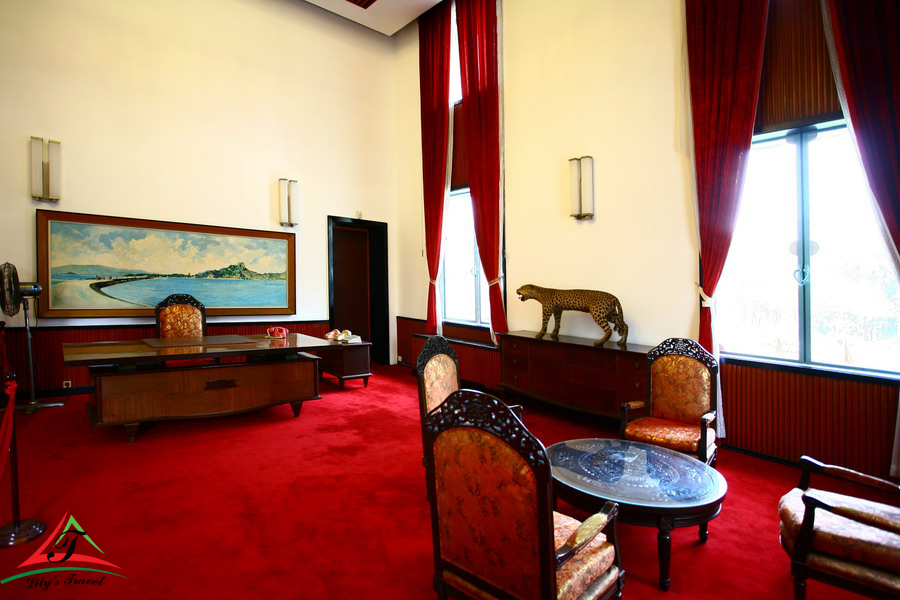
More than 100 rooms in the Independence Palace are decorated in different styles depending on the purpose. Architect Ngo Viet Thu also created an elegant beauty for the Independence Palace through the stone flower curtains in the shape of bamboo burning along the corridor of the second floor. These curtains also have the effect of blocking the sun from the west, receiving the sun from the north, blocking the wind and shielding discreetly.
In addition, the architectural lines inside the Palace are straight and flat, to remind of the “righteous clarity”.
The surrounding
In front and behind the Palace are two green parks and artificial lakes, for air conditioning. In the early 1960s, this was the first building built in the green architecture style.
The front yard of the Independence Palace is an oval lawn with a diameter of up to 102m, creating a pleasant feeling as soon as you enter the gate. In addition, lotus ponds and semi-volunteer guns are running along the width of the hall, alluding to the Vietnamese pagoda scene.
The grounds of the Independence Palace are almost covered with green lawns, shady ancient gardens, and precious ornamental plants. In the distance, on the high mound in the left corner of the Palace, there is an octagonal hut with open space, used as a place to relax.

Opening and closing time
Hours of ticket: 8.00 am – 3.30 pm every day
Hours of visiting: 8.00 am – 4.30 pm every day
Experience of visiting
At the Independence Palace, you will visit three main areas includes: a fixed area, a thematic area, and an additional area to admire the unique architecture, artifacts of historical value, and historical documents.
Besides, the thematic exhibition “From Norodom Palace to Independence Palace 1868 – 1966” in the only hundred-year-old ancient villa left on the grounds of the Independence Palace is also a point worth visiting.
With a new historical interpretation, prominent events in Saigon and South Vietnam in the past are introduced in a concise, multi-dimensional way, helping viewers have a clearer view of the historical period of Independence Palace.
Find out more about Ho Chi Minh city tours here:
The best center Vietnam tour
